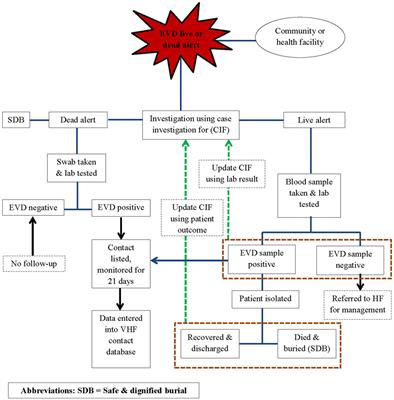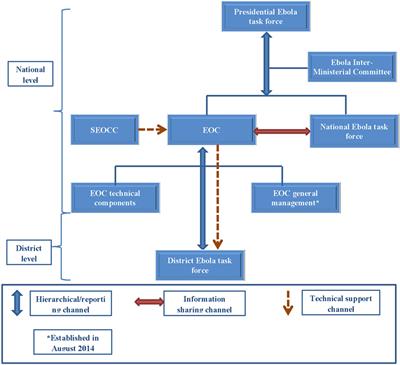ORIGINAL RESEARCH
Published on 10 Jul 2017
The Transmission Chain Analysis of 2014–2015 Ebola Virus Disease Outbreak in Koinadugu District, Sierra Leone: An Observational Study

doi 10.3389/fpubh.2017.00160
- 5,382 views
- 5 citations
14k
Total downloads
68k
Total views and downloads
ORIGINAL RESEARCH
Published on 10 Jul 2017

ORIGINAL RESEARCH
Published on 02 Mar 2017

PERSPECTIVE
Published on 21 Nov 2016

ORIGINAL RESEARCH
Published on 10 Oct 2016

PERSPECTIVE
Published on 08 Aug 2016
ORIGINAL RESEARCH
Published on 04 Jul 2016
ORIGINAL RESEARCH
Published on 22 Jun 2016

PERSPECTIVE
Published on 09 Jun 2016
